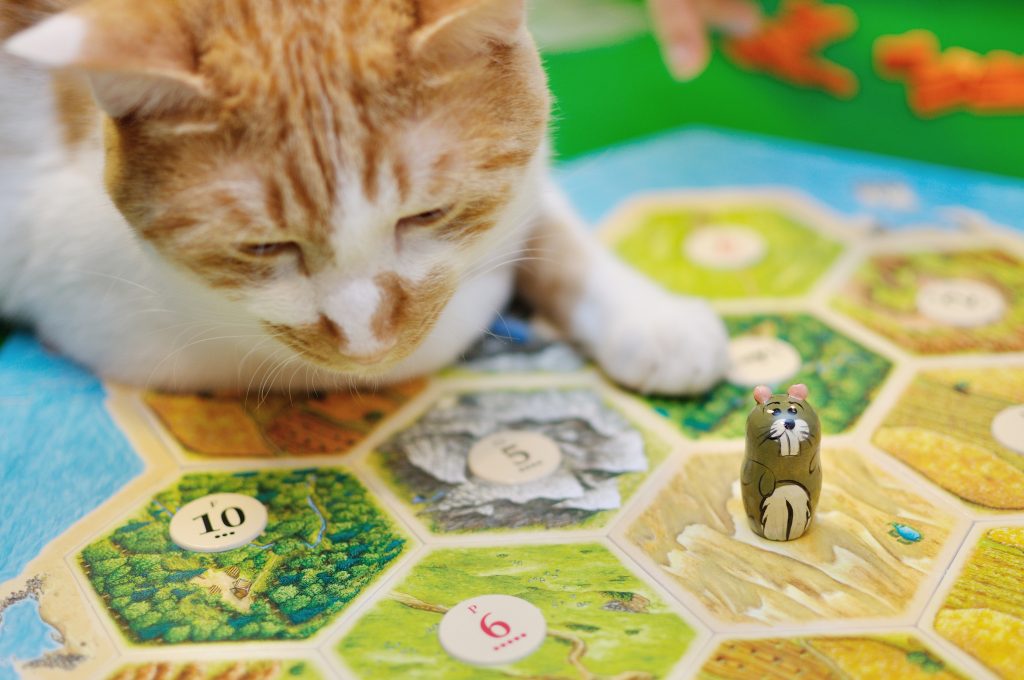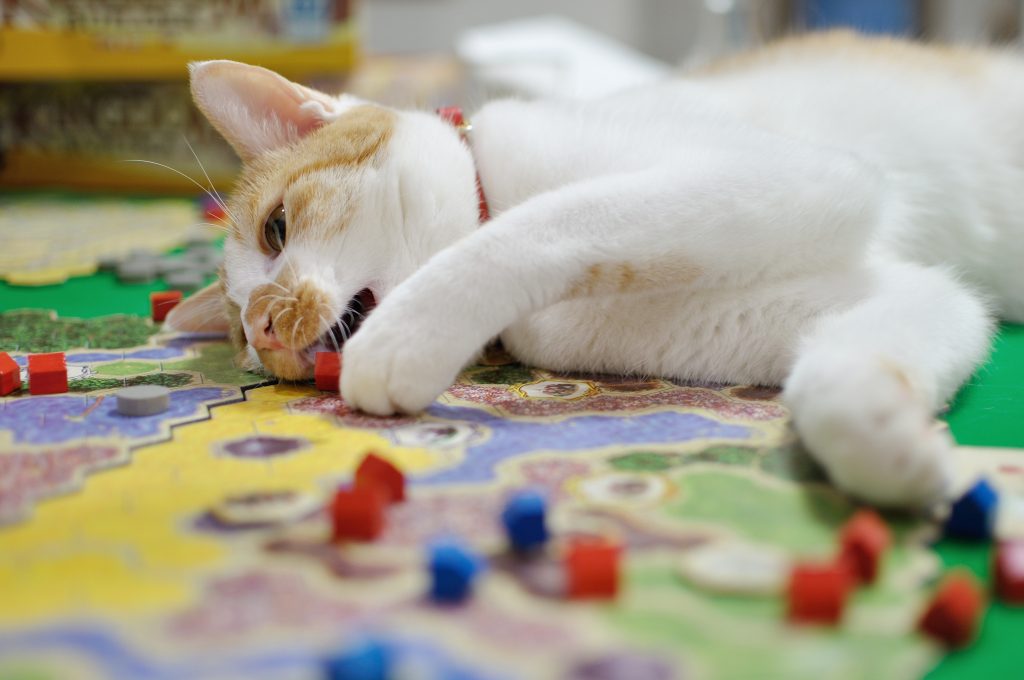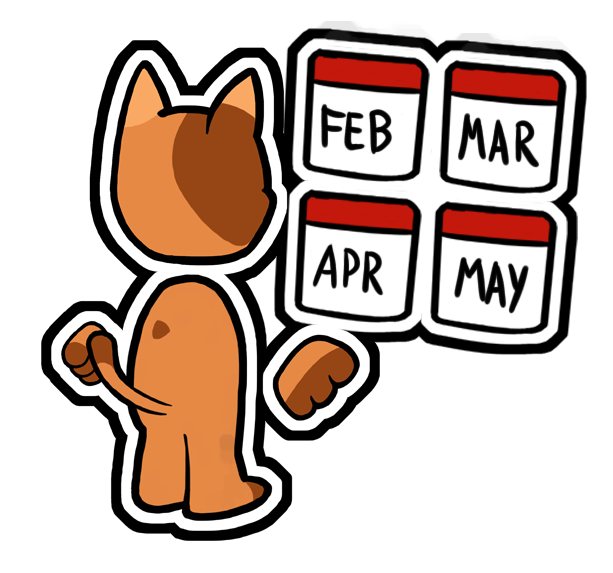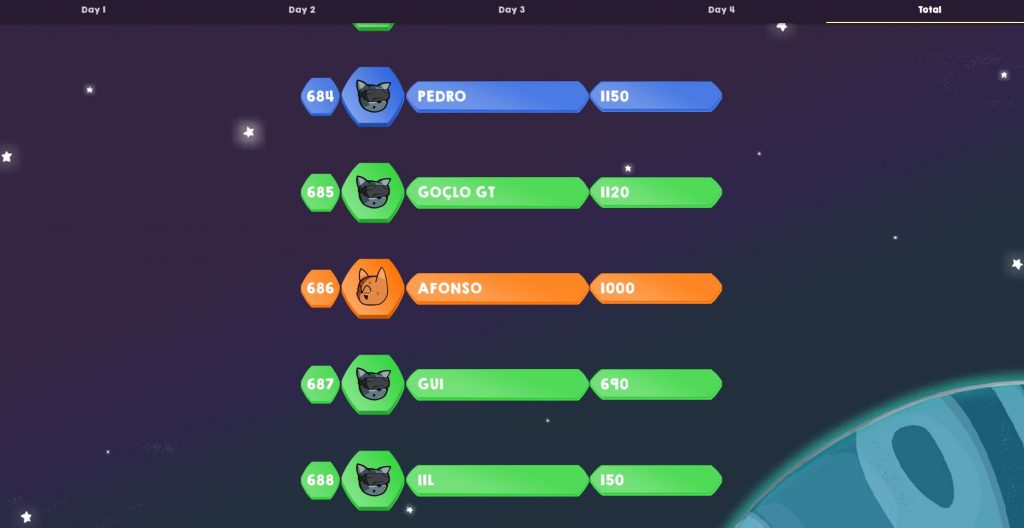Leaderboards are LIVE – Ganbatte Release Postponed
During the past week, we’ve mainly been focusing on fully wrapping up Lisboa Games Week and bringing our attention back to releasing Ganbatte on Steam. We’ve come to face the fact that we have to postpone its release, read on to find out why.
Leaderboards
With our first large games tradeshow behind us, we wanted to close off the event in two ways: 1) edit together all the video’s we’ve recorded during the event (on our phones and an old Handycam) 2) making the event’s leaderboards available on our website.
The former is still a work in progress, and if you have any experience with video editing, you know how much time it takes. The video material is shockingly bad, with a lot of shaky cams and poor video quality, but that doesn’t matter that much, the memories are there, captured and almost ready to be shared with you all.
The latter, however, is up! Upon inspecting the leaderboard save files of all of the event days we couldn’t believe our eyes, a whopping 688 people played our game!
This completely surpassed our expectations. And we are humbled by this number and the unanimously positive response that the game received. In order for folks to check their ranking, we’ve made our own custom leaderboard viewer for the web. A big shout-out to Artur for using his web wizardry! If you’ve played Ganbatte during the expo, and you want to see how you did, you can now find a new menu button at the top of Ganbatte’s main website, or you can head over directly to the leaderboards page by following this link.
Early Access Release Requirements
Now that the dust of LGW had settled we put our heads together on the last day of November and had another long strategy meeting to re-evaluate the requirements for the actual first release of Ganbatte on Steam. As you know if you’ve been following the development, Ganbatte will release as a work-in-progress Early Access title. This means that the game will be far from complete when first made available, and will be, for quite some time. This is easy to understand, objectively, but it has some difficult subjective considerations attached to it. Namely:
- When is the game ready for its initial early access release?
- When does it have enough value for players to buy?
- When does it provide enough fun and enjoyment to justify a purchase?
- Will players realize there is a lot more coming, or will they not take this into account when judging the game?
- Basically, how much will a player’s first impression of the game shape their opinion and view on what’s to come?
From a player’s point of view, it’s a fine balance between buying yourself an early peek into a game still in development, being (and remaining) excited about what’s to come, being able to contribute to that by giving feedback to the devs, and lastly, wanting to receive a certain minimum, initial, level of satisfaction from the game. Making games is a continuous exercise of getting in the mind of your potential players. Sometimes, that player resembles you, and other times it resembles this extensive mix of personas that we see as our collective target audience. When defining the minimum requirements for Ganbatte’s first early access build, or v0.01 as we call it, we realized that Q4 was no longer a realistic target, not if we want to reach that initial level of satisfaction that we believe our player expects from us. In order to deliver that initial baseline of value we need more time. This means that we won’t be able to release Ganbatte this year.
The importance of bots
The list of minimum requirements is extensive, and I’m not going to cover all of them in this post, but I’d like to highlight one important feature: AI. The reason why AI is high on our list has a lot do with our observations of other VR multiplayer games, and the community response to these games. Our dev team, collectively, plays a lot of VR games and we frequently analyze them, discussing what works and what doesn’t. Personally, I’ve played well over a hundred VR games and experiences, in a variety of release stages, ranging from private alphas up to full-fledged indie and AAA releases. I’ve noticed a red thread in all VR multiplayer titles. Specific games come to mind are Hover Junkers, Onward and Eagle Flight. Despite my love for all of them, they also have something negative in common. One of the biggest complaints that these games received from their community was the lack people to play against, and the absence of bots, especially in the beginning (I haven’t been keeping very close track on recent developments for all of these titles, but I believe – hope! – some of them have added bots in the meantime).

We want to learn from this, and we know that while the player base is still small and growing, there will not always be enough people online to play against. This is why, from day 1, when Ganbatte goes live on Steam we want to offer players the option to add at least a basic bot to their game, to be able to play against AI. Don’t expect too much from it though, this first version bot won’t be very smart, or convincingly mimicking human behavior, but it will allow you to play the game and improve your skills, without relying on other players.

New multiplayer games need to grow an audience, quite literally from zero. And this is a huge challenge. And from a dev point of view, creating a bot from day 1, in a game that will still change and develop a lot, means that the bot will also have to change along with it, resulting in a lot of extra work.
“New multiplayer games need to grow an audience, quite literally from zero. And this is a huge challenge.”
However, a multiplayer game’s success falls or stands with its community. It’s a bit of a chicken and the egg problem, but it’s simple: if there’s nobody to play with, then the likelihood of a player returning to the game is small and the player base runs dry. Various factors can cause players to run away from a multiplayer game: whether it’s the gameplay itself, poor network performance, poor balancing, etc. But even when you’ve got a good game on your hands, when there’s nobody to play it with, it doesn’t really matter. Moreover, a multiplayer game doesn’t only require a minimum size of playerbase, it also needs a certain balance in levels of experience among it. Both to keep the game accessible and fun for new players, as well as challenging enough for experienced players.

Large companies do various things in order to build a player base. For example, they do cross-promotion in their other games, or they spend huge amounts of money on marketing campaigns to draw players into their game. Smaller, unknown devs, and especially indie devs often don’t have that possibility, and they must rely on other options. Streamers, YouTubers, social media, these channels are essential and super valuable in spreading the word about new (multiplayer) games, especially when having next to no marketing budget.
“Streamers, YouTubers, social media, these channels are essential and super valuable in spreading the word about new (multiplayer) games, especially when having next to no marketing budget.”
At the core of it all is, of course, the game itself and the value it provides to players. When bringing a multiplayer game to market, you want to trigger two thoughts in your audience. The first step is to create the thought: “HEY! I want to try that!” and in case of a multiplayer game, the second thought you’re aiming for is: “Oooh! I want more of this!”.

We don’t make ourselves any illusions: yes, so far the game has proven itself in a local arcade mode setup, but we don’t know how people will respond to Ganbatte in its online multiplayer form. One thing is certain though, we’re working as hard as we can towards earning those two thoughts that I mentioned earlier, over the course of our Early Access period.
Our new release window is Spring 2018 (that’s Northern Hemisphere Spring 😉 to be precise). I promise you, it will be worth the wait. Until next week!
– Thomas


